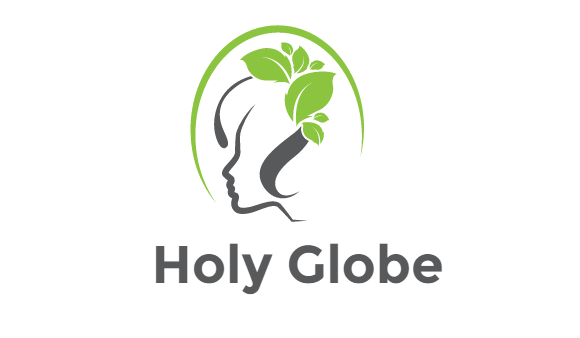
There’s no question that plant-based diets are on the increase: In between 2000 and 2017, dairy consumption fell 24%. And marketing research company Mintel reports that plant “milk” sales (such as almond, coconut, and oat milks) increased more than 60% between 2012 and 2017. Thirty-six percent of consumers and 60% of millennials buy plant-based “meats.” And two-thirds of Americans surveyed say they have decreased their meat intake in at least one classification over the previous three years– primarily red and processed meat.
There are lots of reasons for a shift towards plant-based consuming. Whole-food, plant-based diet plans are associated with lower body weight and a reduced risk of a number of chronic conditions, including heart problem, the nation’s leading killer of both males and females, as well as cancer, type 2 diabetes, hypertension, and cognitive decline.
Some people likewise have issues about the treatment of animals for food production, and the effect on the environment. A current Harvard report, The EAT-Lancet Commission on Food, World, Health, states, “Food is the single strongest lever to optimize human health and ecological sustainability,” and calls for a primarily plant-based diet.
There is nobody meaning of a plant-based diet plan, however the majority of experts agree that it implies primarily eating plants, although little or periodic quantities of any type of animal protein numerous be consisted of. However, 2 particular variations of a plant-based diet plan are well defined: vegetarianism and veganism. So what’s the distinction between them?
10 Factors to Attempt a Vegetarian Diet Plan
What’s a vegetarian?
Vegetarianism usually indicates that no meat, poultry, or seafood is taken in. Eggs and/or dairy are generally included in a vegetarian diet plan.
People who eat eggs as their only animal protein are called ovo-vegetarians. Those who enable dairy in their diet plan are lacto-vegetarians, and people who eat both eggs and dairy are considered lacto-ovo-vegetarians. Pescatarian is a title for people who do eat fish and seafood but no meat or poultry, although they are typically ruled out to be part of the core vegetarian community.
14 Finest Vegan and Vegetarian Protein Sources
What’s a vegan?
Veganism leaves out all animal foods, implying no meat, poultry, seafood, eggs, dairy, or any active ingredients originated from animal sources, consisting of honey and gelatin. Veganism typically reaches a way of life that includes not using any products derived from animals, consisting of leather, fur, wool, and silk. Household items, such as cosmetics and soaps are also excluded if they are made with or checked on animals.
Nutritionally speaking, leaving out more animal foods can make it challenging to fulfill the needs for certain nutrients, such as vitamins D and B12, iron, zinc, and calcium. Nevertheless, it is possible to obtain all of the required nutrients on a vegan diet if you are knowledgeable about which plant foods consist of key nutrients and how to supplement effectively if required. If you are vegan or are considering going vegan, seek advice from an RD who specializes in vegan diets or, at the very least, describe a book like Becoming Vegan, composed by 2 RDs.
When it comes to health protection, the quality of any plant-based diet is king. One current research study, published in The Journal of Nutrition, followed over 800 people who were vegans, lacto-ovo vegetarians, semi-vegetarians, and non-vegetarians. Researchers discovered that vegans had greater levels of healthy fats, antioxidants, and anti-inflammatory substances in their bodies than non-vegetarians, most likely because they consume more produce and other entire, plant-based foods.
How to Go Vegan and Still Get All Your Nutrients
How to get more plants in your diet plan
While vegetarianism and veganism are 2 pillars of plant-based eating, many consumers are developing brand-new categories, like chegans (vegans who in some cases “cheat” with an animal-based food).
Regardless of what you call your personal style of consuming, focus on nutrient-rich, whole-plant foods. Go for about 5 cups of veggies and 2 cups of fruit daily, together with pulses (the edible seeds of specific plants in the legume family) such as beans, lentils, peas, and chickpeas; entire grains, like quinoa and brown or wild rice; and a variety of nuts and seeds. Vegan goodies, like coconut milk ice cream, and vegan cupcakes are fine as occasional deals with, but they shouldn’t be pillars.
Facebook Comments
